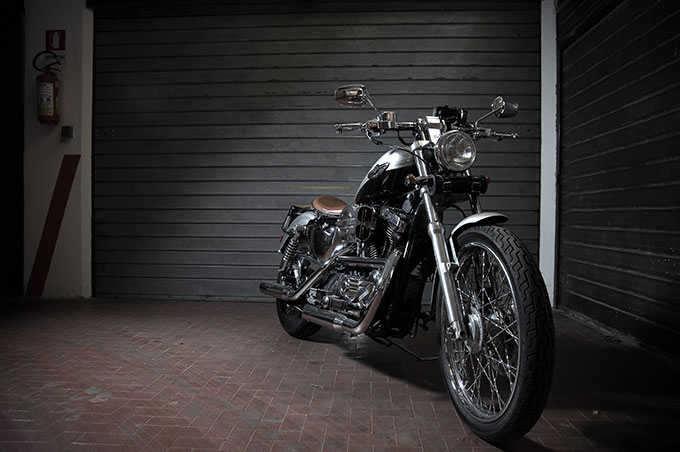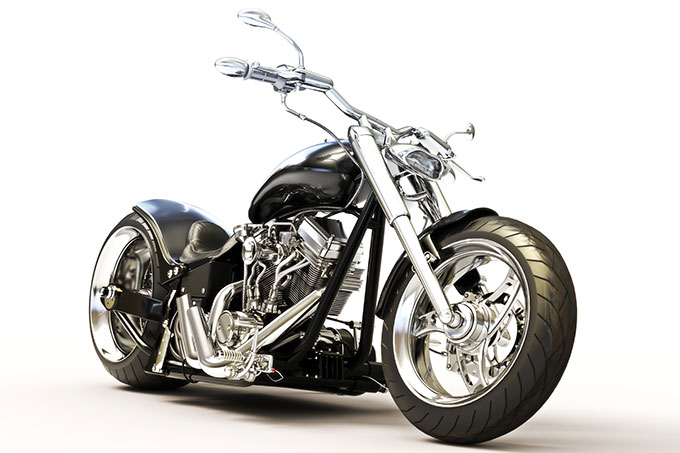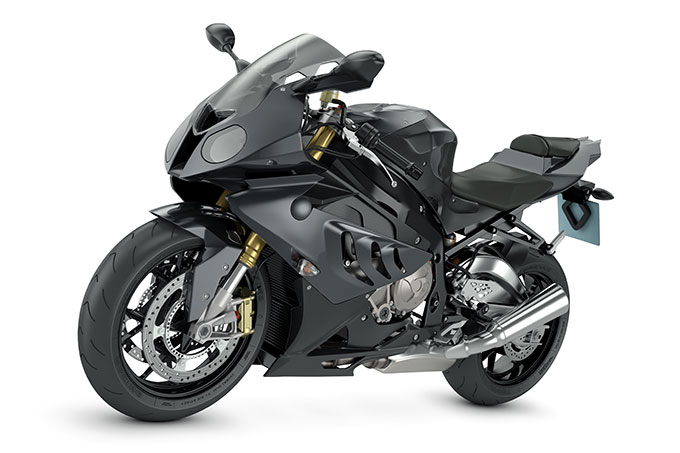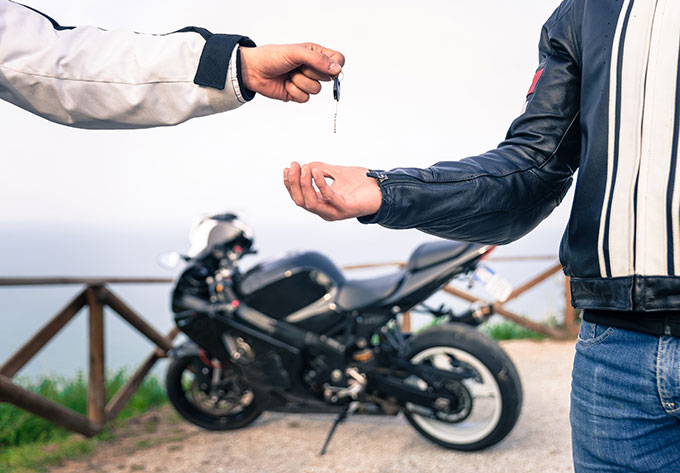
This calculator figures monthly motorcycle loan payments. To help you see current market conditions and find a local lender current current Columbus motorcycle loan rates and personal loan rates personal loan rates are published below the calculator. The second monthly payment budget calculator shows how expensive of a motorcycle you can buy given a monthly loan payment.
Use this calculator to estimate the bike price you can afford given a set monthly loan payment. To help you see current market conditions and find a local lender current Columbus motorcycle loan rates are published in a table below the calculator.
The lure of the open road can be hard to resist, and for many men and women nothing beats the fun and excitement of traveling the world on a finely tuned motorcycle. Whether it's cruising the highways on a Triumph Rocket X or tearing up the trails on a KTM 350 EXC, there's an indescribable magic that only happens when you're seeing the world from the back of a bike. But there's a lot to consider before you can grab yourself a bit of that motorcycle magic, and you need to think carefully about whether or not you are ready to join the ranks of motorbike enthusiasts.
Buying a motorcycle is a major commitment, both personally and financially, and you need to be sure that you understand just what you're getting into before you head out to the dealerships or start making offers on second hand bikes. Begin by asking yourself a few specific questions.
A motorcycle is a unique form of transportation. While it may seem romantic to don your leather and head out on the highway, riding a bike isn't for everyone. Before you buy, be sure that it's more than just a passing fancy. Consider the risks and responsibilities of riding, and ask yourself if you are truly up for the challenge. Take a safety course, and talk with other motorcyclists to get a feel for the real day to day operation and upkeep of a bike. Remember, a motorcycle is a major investment that deserves careful consideration before you commit to a purchase.

While motorcycles are typically less expensive than cars or trucks, they're still a significant investment. Before you start shopping for bikes and applying for loans you need to figure out what you can safely afford. Use the following steps to help you arrive at a workable budget for your new bike.
Motorcycles are often seen as an inexpensive alternative to other forms of transportation, and to a large degree they fulfill that promise. Most models, barring custom jobs and high end cruisers or touring bikes, do sport a lower sticker price than most cars or trucks. However, there are a fair number of secondary costs associated with owning and maintaining a motorcycle, and before you take the plunge you should be aware of those costs and how they can effect your bottom line.
Experienced riders know that buying a motorcycle begins with choosing the model that is right for you and the type of riding you want to do. This is a particularly important point, especially if you are a novice rider. There are safety issues to consider, as well as the overall enjoyment factor. If you buy a motorcycle that you can't handle, or that you simply don't enjoy riding, you will have wasted a fair amount of money. While motorcycles are typically less expensive than cars or trucks, they are still a major investment. If you choose a model that doesn't suit your needs or experience level, you can easily end up paying off a bike that is collecting dust in your garage or struggling to recoup your investment by selling it on the second hand market.

Before you think about purchasing any motorcycle, consider what kind of riding you will be doing. Are you looking for a sport bike to take on the back roads and rough trails, or are you looking for a motorcycle that will serve as your primary means of transportation? You should also consider how much experience you have handling a bike. Are you a beginner with limited experience riding a motorcycle, or are you an old hand at tackling the world on two wheels? These questions will lead you to the type of motorcycle that is best suited to your needs and experience level, and will help you avoid a purchase that you may ultimately regret.
There are six basic types of motorcycles to consider, and each delivers a different riding experience. A brief overview should help you narrow down your choices, however we advise thoroughly researching your choice before making any final purchase.

Standard Motorcycle
An all purpose introductory model. Typical examples include the Honda 599 and the Suzuki SV650. Standard models are relatively lightweight, and their overall design makes them easier to handle while giving the rider a reassuring sense of control. Standard model bikes are hard to beat for fuel efficiency, with some makes getting more than 60 MPG. Standard models are generally a good fit for riders with limited experience, though the heightened horsepower on some models can be intimidating for first timers. Purchased new, standard models can run anywhere from $7000 to $15,000, making them an attractive choice for novice motorbike enthusiasts.
Sport Bikes
Sport bikes are relatively lightweight, and are built for speed and easy handling. However, these are high performance bikes, and as such are not really a good fit for novice riders. They are also costly to maintain and insure. Popular models include the Kawasaki Ninja ZX-14R, the Honda CBR1000RR, and the BMW HP4. Sport bikes make up a large part of the motorcycle market, with prices ranging anywhere from $12,000 to $30,000, but they can be a questionable investment if you are a first time buyer or are not fully committed to the motorcycle lifestyle.
Dual Sport
Dual sport models are built for both on and off road adventuring, and their versatility make them a good choice for first time riders. You can hit the trails on the weekend and ride to work on Monday. Dual sports are lightweight and easy to master and maintain. They are also relatively inexpensive to buy and insure, and most models are surprisingly fuel efficient. Dual sport bikes, particularly the Honda CRF250L and the Yamaha WR250R, are great choices for city travel and short term commuting and are a good fit for riders with limited to moderate experience.
Cruiser
The most recognizable example of a classic cruiser is the Harley-Davidson Softail. Cruisers are built for comfort, and typically deliver a relaxed ride that is well suited for longer hauls. Their low slung seats make it easier to get both feet on the ground, and their low center of gravity helps to offset the heavy weight of the bike (an important consideration for less muscular riders). However, the long low build of most cruisers can make maneuvering a challenge for less experienced riders. Cruisers are a good fit for city and highway travel, and while they're not as fuel efficient as standard models most deliver upwards of 55 to 60 MPG.
Touring Bikes
Touring bikes are designed for long rides on the open road, and there is a distinct emphasis on comfort as well as power. They are heavier and more expensive than other bikes, and are not the best choice for novice riders. They are powerful machines that demand respect and a fair amount of experience to handle. Popular touring bikes include the Kawasaki Vulcan Voyager, the Victory Cross Country, and the classic Harley-Davidson Electra Glide. Touring motorcycles are not as fuel efficient as other models, and their high cost and advanced features make them more expensive to insure and maintain.
Scooters
Scooters are an extremely practical and affordable alternative to the fully fledged motorbike. However, the skills needed to expertly handle a motorcycle are not the same as those that can be learned from owning and operating a scooter. If buying a motorcycle is your ultimate goal, a scooter may not be the best place to start as the skills you will learn do not necessarily translate to a proper motorcycle. That being said, scooters are great for urban travel, and are fairly easy to handle. They are extremely fuel efficient (with some models getting as much as 90 miles to the gallon) and are inexpensive to maintain and insure. However, they can be less stable at higher speeds and are unsuitable for busy highways and extended trips.
Choosing the right model is one of the most important decisions you will make when shopping for a bike. The wrong choice can lead to trouble down the line. As a general rule, novice riders should avoid bikes over 500 pounds and with a native horsepower of more than 70. For beginning riders, or those with limited experience, standard and dual sport bikes are probably your best bet. Experienced riders will have a better idea of what they can handle, and should have no trouble finding the bike of their dreams.
Now that you have a better idea of the type you're interested in, it's time to think about whether or not you want to buy a new or used model. Each option has its own distinct advantages and disadvantages, and both should be considered carefully.

| ✓ Pros | ⨯ Cons |
|---|---|
| Vehicle History – When buying new you can be confident that there is no history of accidents or damage. | Cost – Naturally, most new bikes will be more expensive than similar used models. |
| Low Mileage – A new bike should have little, or no, miles on it. | Insurance – New models are more expensive to insure, particularly while your loan is in effect. |
| Latest Technology – New technology is making bikes safer, more reliable, and easier to ride. New models feature the latest in technological upgrades. | Depreciation – Like any new vehicle, motorcycles begin to depreciate in value the moment you ride off the lot. They also depreciate faster than cars or trucks, so your new bike's resale value will drop considerably in the first year. |
| Warranty – It will be under warranty, typically for 1 to 2 years. |


| ✓ Pros | ⨯ Cons |
|---|---|
| Cost – Used motorcycles, barring vintage or collectable models, are significantly less expensive than new bikes. | Pricing – While used motorcycles are typically less expensive than new models, it can be hard to know what a fair asking price should be. Before buying used, you should research the make and model to figure out its true market value. The Kelley Blue Book motorcycle reference guide can help you estimate the market value of most second hand bikes. |
| Insurance – As a general rule, used models are cheaper to insure than new. Again, many factors need to be considered when it comes to insurance, and this is not a hard and fast rule. | Vehicle History – When buying a used motorcycle there's is always a question of condition, and how much abuse the bike may have suffered. If you are considering a used motorcycle, have it checked out by a reputable mechanic. |
| Resale Value – Bikes depreciate more quickly than cars or trucks. When you buy used, you have a better chance of recouping a larger part of your investment should you decide to resell down the road. | Maintenance – Used motorcycles typically require more maintenance than new models and the upkeep can end up costing a fair amount of money. If you're a DIY enthusiast this may not be a major issue, but if you're not mechanically inclined it should be a consideration. |
The decision to buy a new or used motorcycle rests entirely with you, and each has definite advantages and disadvantages. That being said, if you are a novice rider it sometimes make's better sense to buy a used motorcycle as a starter bike. Chances are you're going to drop the bike a few times as you get used to riding, and the cost of damage to a second hand bike will be easier to absorb. Moreover, if you find that the life of a motorcyclist is not for you, there's a better chance of recouping a larger portion of your initial investment should you decide to sell the bike.
When it comes to motorcycle loans, it is important to understand how they differ from standard auto loans. While there are some similarities (the importance of credit scores, personal assets, make, model, age of the vehicle, etc), there are some key differences that can significantly impact interest rates, as well as determine whether or not you will be approved for financing. As a general rule, lenders are more hesitant to underwrite a motorcycle than a standard automobile, and this can be attributed to a few key factors.
All of these factors contribute to higher interest rates. If you decide to finance the purchase of a new, or even a used, motorcycle, you should be prepared to pay a higher interest rate than you would for a car or truck.
There are a few basic options when it comes to financing a motorcycle. As with any loan, terms and interest rates will be largely determined by your credit history, personal assets, and the amount of your down payment.
Applying for financing requires careful consideration, and there are some pitfalls to avoid if you are going to find a plan that works for you. Unfortunately, in the excitement of shopping or a new bike, most buyers tend to make the same financing mistakes. Before you put pen to paper, and sign any agreement, consider the following common mistakes, and avoid them at all costs.

When it comes time to apply for your loan, whether it's through a bank, credit union, or other lender, it is critical that you full understand the agreement before you sign any contracts. Naturally, in the excitement of buying a new bike it's easy to forget to ask some fairly important questions, and that can lead to debt that can quickly become unmanageable. Before you sign any agreement, be sure to ask the following questions:
These are all critical questions to ask when applying for a motorcycle loan, and they can help you avoid entering a loan agreement that you soon come to regret. Remember, before signing any contracts be certain that you fully understand the terms and conditions of your loan, as well as your specific responsibilities as a borrower. Do not hesitate to ask the loan officer to explain any part of the financing agreement that you do not fully understand, or that seems unnecessarily complicated.
Yes, the lure of the open road is hard to resist, but there's more to buying a motorcycle than simply picking a cool looking model out of a trade magazine. Think about the kinds of riding you will be doing, and the type of motorcycle that fits your needs and your experience level. Carefully consider what you can afford, and how you will finance your purchase. Take the time to research a number of different lending paths, until you find the lender and the loan that works for you and your current financial situation. Once you find a loan that you are comfortable with you'll be ready to finalize your purchase and start experiencing the magic that comes with seeing the world from the back of your new (or used) motorcycle.
Explore conventional mortgages, FHA loans, USDA loans, and VA loans to find out which option is right for you.
Check your options with a trusted Columbus lender.
Answer a few questions below and connect with a lender who can help you save today!